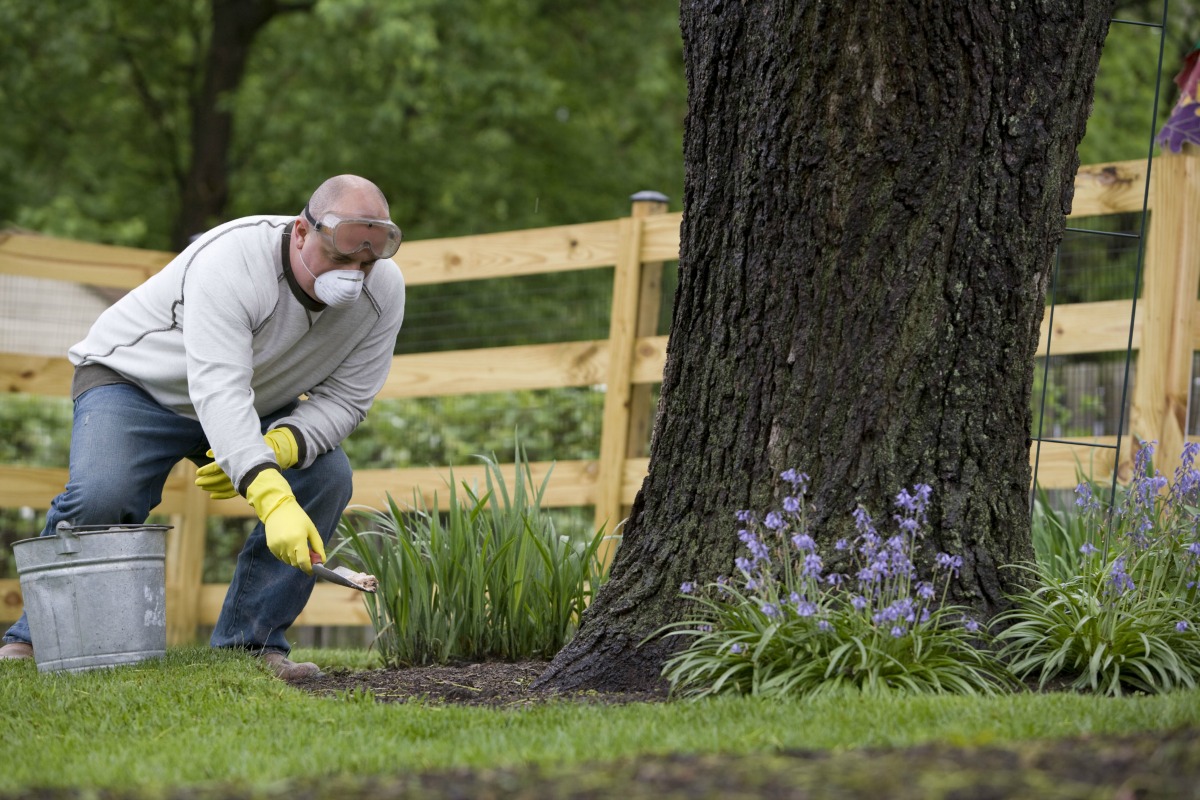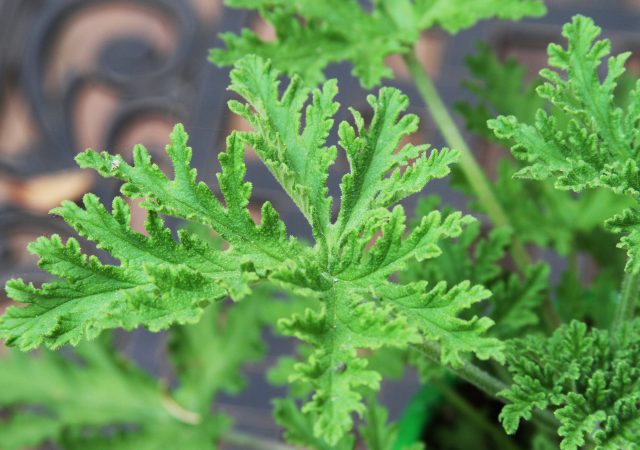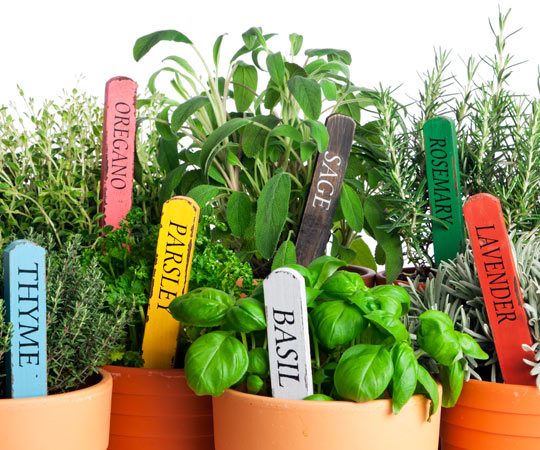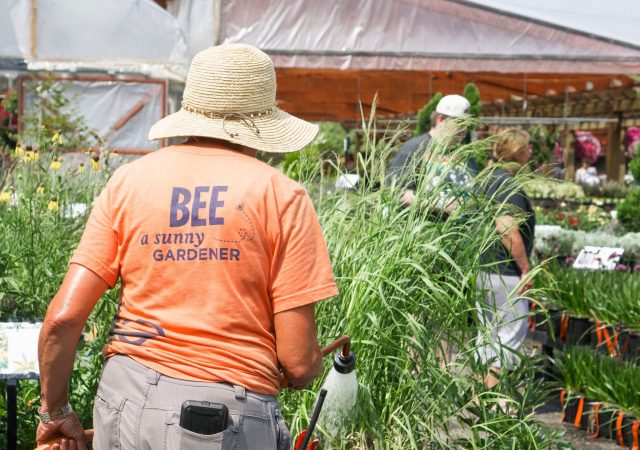To have the best looking lawn and garden, it is important to give them what they need. Just like humans, plants and grass are living things and need food to help them grow. Along with sunlight and water, plants gather several elements from the air and soil. Fertilizer gives them the extra elements that they are not able to gather. If you don’t feed them the necessary elements (such as nitrogen, phosphorus, potassium, and other trace elements), you run the risk of your garden becoming barren.
In addition to making your plants look good, healthy grass also helps prevent runoff of your yard and decreases water pollution. But in order for it to be beneficial to the environment, it needs to be applied correctly and at the right time of year. Learn when to fertilize and how to fertilize your garden and lawn in Minnesota.
When to Fertilize
Late summer and early fall are the best times of year to fertilize your garden and lawn. According to the University of Minnesota, early spring applications of fertilizer can make your lawn look nice from the surge of top growth, but it ultimately depletes the plants’ energy reserves. You should give your plants an extra boost when they are weaker and less able to survive during the summer. Late summer or early September fertilizer application will give your plants the nutrition to help them overcome those summer stress periods. In return, the grass will flourish and your plants will reward you with bigger flowers or larger fruits and vegetables.
Steps to Fertilizing
There are different methods to fertilizing, depending on the plant or area that needs it. Some general tips for applying fertilizer include:
- Get a soil test. This will tell you what trace minerals you need to add.
- Fertilize in the morning. Temperatures should be below 85 F and there should be little wind.
- Remove fertilizer from your driveway or streets. This will help avoid runoff pollution.
To fertilize your lawn or large areas, you can use the broadcast application. This method is used to apply fertilizer to your grass or new beds before they are planted. Spread the fertilizer with a rotary or drop spreader. Apply it in one direction at half the recommended rate and then apply the second half perpendicular to the first (to make a grid pattern). This will ensure even coverage.
The top-dress application technique can be used for individual plants, such as shrubs or perennials. This application is done by hand with granular fertilizer. To fertilize your plants with the top-dress method, simply apply the granules around the base of the plant. If you are fertilizing vegetables, place them in a strip parallel to the planting row.
Remember: More fertilizer does not mean better. Be careful not to overfeed your plants because too much fertilizer can cause damage to (or even kill) your plants.
What Fertilizer to Use
There are many fertilizers available, so sometimes it can be difficult to select the right one. For late summer and early fall application, you should use a fertilizer that delivers its nitrogen in slow-release form. It can also be labeled as water-insoluble or controlled-release fertilizer. These are more effective in providing the nutrients required at the correct rate for late summer and fall. You may also want to consider a fertilizer that is specialized for the crops you are growing.
Bonus: You can also build soil fertility by adding compost. Compost can help improve the fertility and texture of the soil. Just add 1 to 2 inches to the top of the soil and work it in about 6-8 inches.
See our Garden Maintenance Schedule to learn more about when you should fertilize your lawn and garden!




